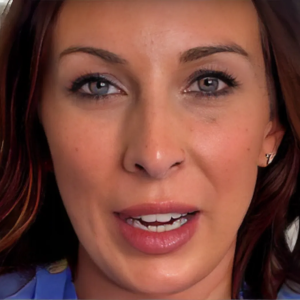In The Batman, Robert Pattinson’s Bruce Wayne seems to have patched together some parts from a few different cars to make his own unique Batmobile. During production on The Batman, director Matt Reeves released several sneak preview images of the Batmobile, giving viewers plenty of time to analyze the Batmobile’s body and engine before The Batman‘s release. Now that Pattinson’s Batmobile has officially debuted in all its glory on the big screen – and The Batman 2 release is on its way – it’s especially interesting to consider how The Batman’s unique Batmobile design helps tell the character’s big-picture story.
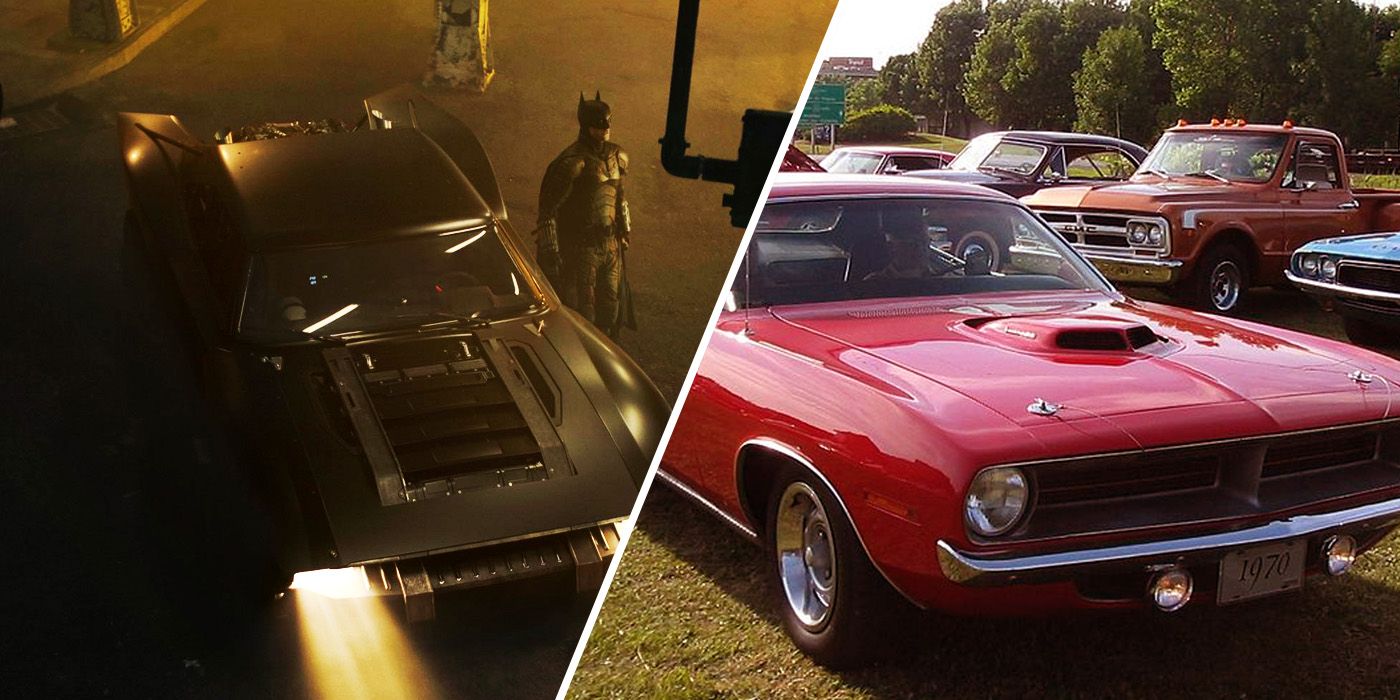
The new Batmobile helps to support the overall aesthetic of Pattinson’s Batman outing. Unlike some previous live-action iterations of Batman, Reeves’ movie portrays a Bruce Wayne who’s early enough into his Batman career that things aren’t all perfect just yet. Small details such as hand-stitching visible on the cowl of Pattinson’s Batsuit underscore the fact that Bruce Wayne is still making the costume himself, and the new Batmobile continues this trend, as it’s clearly an existing car that’s been modified, rather than something custom-made for his vigilante operations.
The Batman’s Batmobile Is A Modified Muscle Car
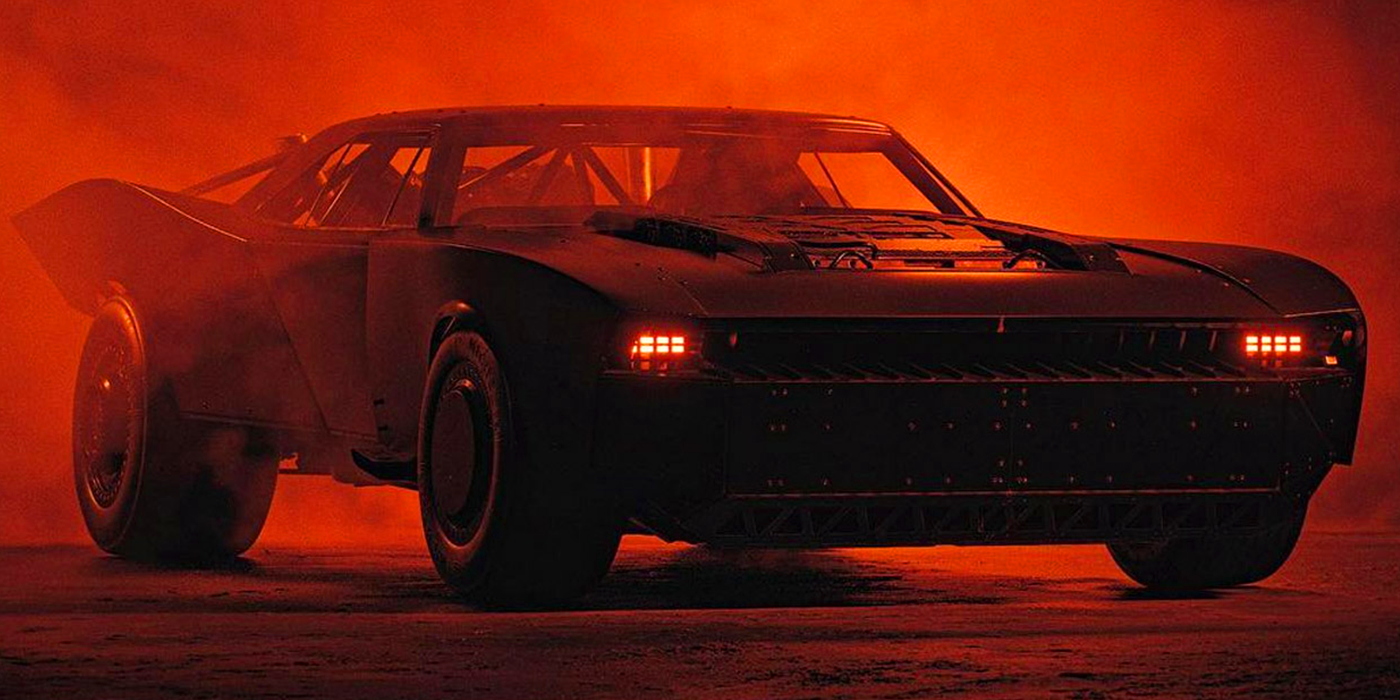
Back when set photos of The Batman’s Batmobile were first introduced, Andrew Collins at Jalopnik pointed out that the vehicle seemed to be based on a 1970 Plymouth Barracuda with a Ford Triton V10 engine mounted on the back. It’s not quite a perfect match for the Barracuda, as the prop car is likely a custom body, but the resemblance is pretty close.
Being so specifically based on an existing car is unusual for recent Batman appearances and sets Reeves’ The Batman movie apart. Rather than a completely custom-made car like in previous Batman movies, Pattinson’s Bruce Wayne drives a Batmobile that closely resembles a car that audiences might recognize.
Similarly, the 1966 Batman TV series used a Lincoln Futura to make the Batmobile, though that car wasn’t mass-produced either. The Tim Burton and Joel Schumacher Batman films used a custom-made car, Christopher Nolan’s Dark Knight trilogy showcased a modified tank, and Ben Affleck’s Batman in the DCEU used a hybrid of the two.
Using something so mundane as a modified muscle car fits with the aesthetic of The Batman; it’s good enough but gives Batman a lot of room to improve over time. Likewise, a Batmobile with a recognizable car body helps support The Batman’s realism in comparison to previous adaptations of the DC Comics character.
There’s a practicality to Pattinson’s Batmobile that fits with The Batman’s level of violence. Although a muscle car with a truck/RV engine bolted on doesn’t seem pragmatic, and the Plymouth Barracuda may be a little old to have parts easily available, the engine is a different story. The Ford Triton V10 engine has been produced for three decades now.
When Batman inevitably suffers serious damage to the Batmobile during death-defying car chases, it’s easy to get replacement parts. Reparability should be something Bruce Wayne thinks about, especially since he’s still doing a lot of his own legwork when it comes to outfitting and equipment.
The Batman Batmobile Specifications & Modifications Explained
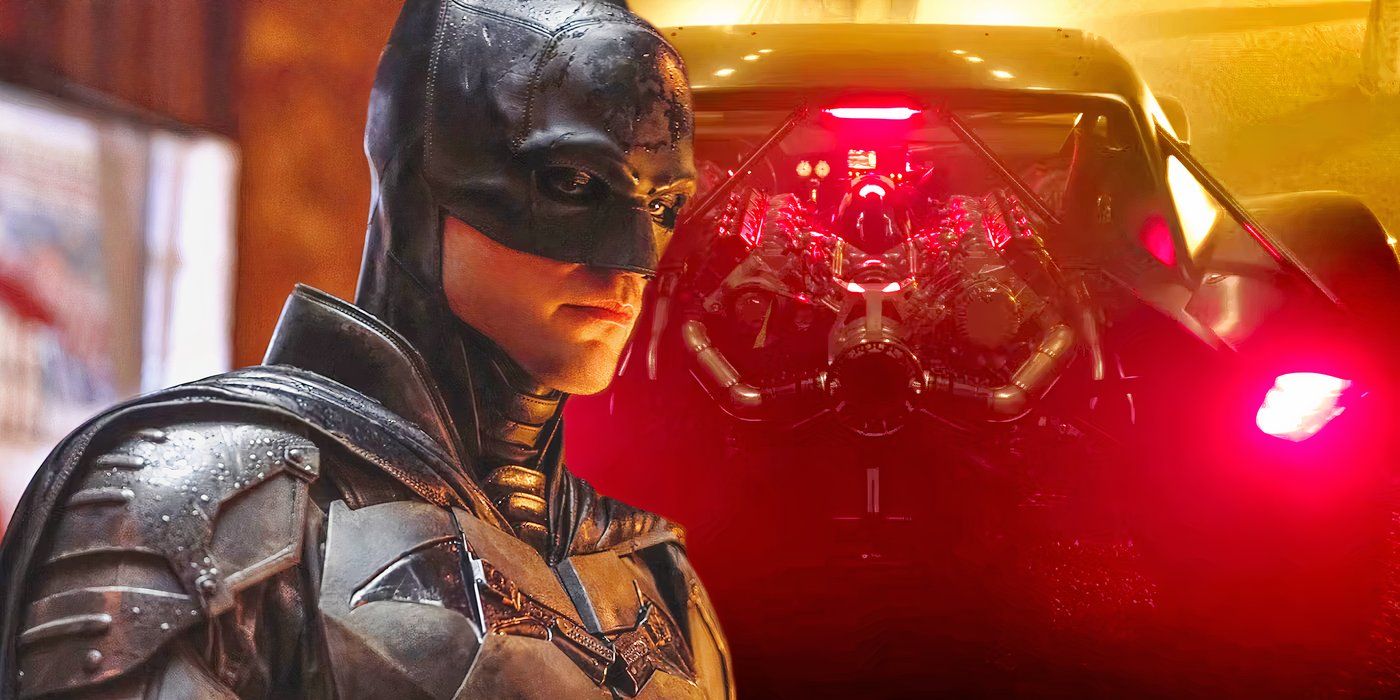
In a September 2023 video from Warner Bros dissecting The Batman’s Batmobile and the process that went into making it, some details about the vehicle’s modifications are revealed. Batman actor Robert Pattinson reiterates the idea that the car is intended to look as though it was modified by Bruce Wayne himself, explaining why it looks quite different to other versions of it in some ways, and underlining that any modifications are intended to look as though the hero himself carried them out.
In the video, some of the people involved in the creation of the look of the Batmobile explain some of the ideas they had for modifications that would fit the story, both in terms of helping the action, and in terms of making the car look as grounded and real as possible. This includes adding additional armor to the front of the vehicle both for protective purposes and so it could serve as a battering ram of sorts, and a bespoke jet engine-esque element to the back of the car that allows the vehicle to accelerate rapidly.
This jet aspect also saw the car have fuel tanks added to its design, in order to justify how the car would be able to use its boost for extended periods of time, once again focusing on grounded the often larger-than-life concept of the Batmobile and its functions. The one core thing the team mention keeping the same is that of the muscle car dashboards and dials, likely because of the aesthetic value they add to the Batmobile’s overall look.
Interestingly, the behind the scenes video also reveals The Batman had four Batmobiles in real life, each made to look like the one car the Dark Knight canonically has in the film. One of these was the “ram car” used for collisions, one was a lighter-weight version of the vehicle used for jumps, one was a car with an attachment on top that stunt drivers could use in order to pilot the Batmobile, and the final iteration was an electric version of the car.
This sequence also reveals that the cars all have 700 brake horsepower with V8 engines in them, which also suggests these are the specifications of the Batmobile in-universe as well, though there’s a good chance the in-universe iteration may have bolstered stats compared to the real version. The real-life Batmobile cars all additionally have four-wheel drive, made to mirror that of rally cars, which also suggests the canonical Batmobile in The Batman also has been altered to have this feature, particularly since it would benefit the hero’s maneuverability in the car.
Will Robert Pattinson Get A New Batmobile In The Batman 2?
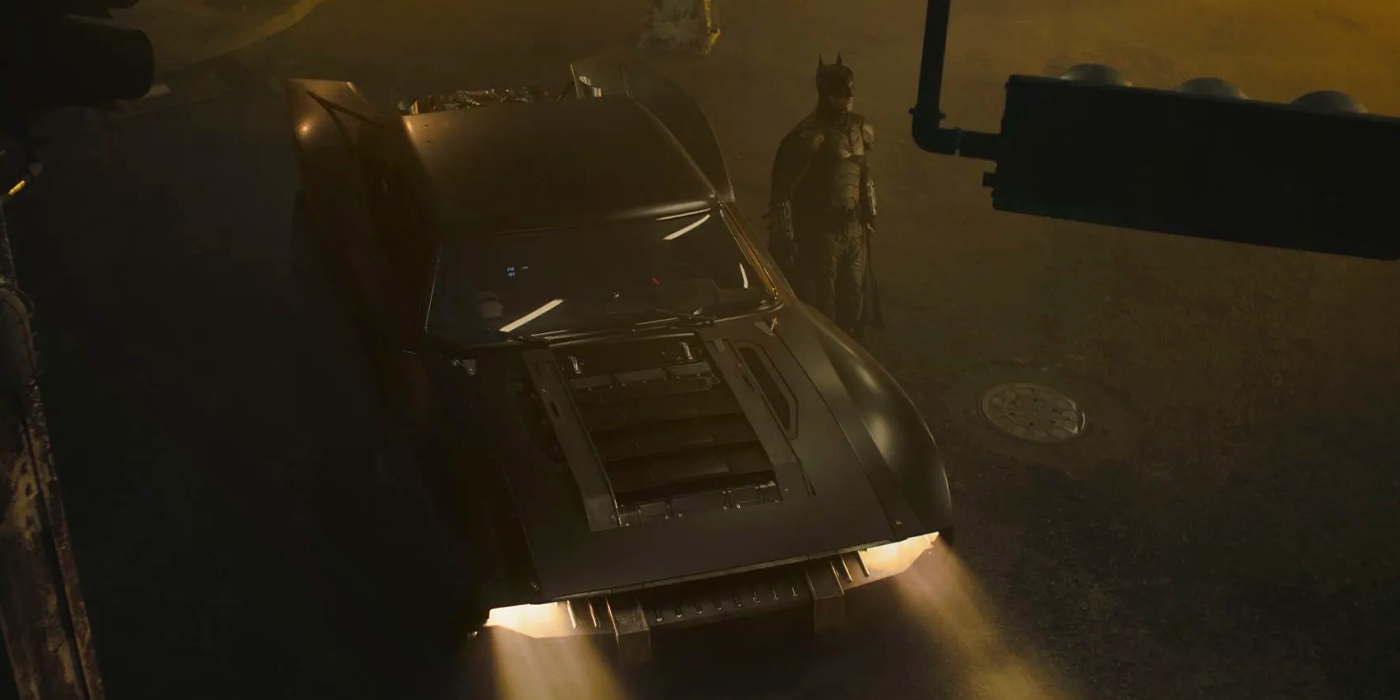
Although The Batman’s take on the iconic DC Comics character isn’t an origin story, it’s still set during the early years of Bruce Wayne’s vigilantism as Batman, with the Caped Crusader only having two years of crime fighting under his belt. While it’s clear this iteration of the Dark Knight is still very much proficient, he’s also at a stage in his career where he’s still getting to grips with what his tenure as a superhero actually means, and what it requires of him both emotionally and physically.
This version of the Batmobile backs that up, as Bruce Wayne could have very well owned a 1970 Barracuda prior to being Batman, customizing the car himself to better fit his mission. While it would be great to see this Batmobile show up again in Matt Reeves’ The Batman – Part II, it’s possible that Bruce Wayne could update his vehicle in the years after the events of The Batman.
This could even be incorporated into the Dark Knight’s arc, allowing him to alter his vehicle to be less strictly made for chase downs and offense and instead reflect the hero’s developing values and sense of what his mission is. With Gotham potentially still facing the effects of the flood at the end of The Batman, making the Batmobile part rescue vehicle could have some real symbolism.
Perhaps this means that The Batman – Part II will show off a more beefed-up and tank-like version of the Batmobile for Robert Pattinson’s Bruce Wayne, sharing more similarities with Batmobiles from the past. While this might seem like a natural evolution for the Batmobile, it would be a shame to lose the more realistic and relatable feeling of Pattinson’s current vehicle, especially since Reeves has put a lot of emphasis on keeping his Batman franchise grounded. The Batman opened the door for the franchise to tell more realistic stories involving Batman, which shouldn’t be lost in future projects.



